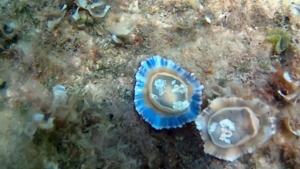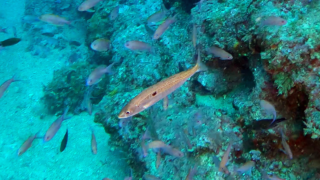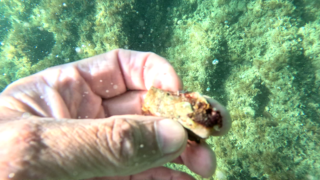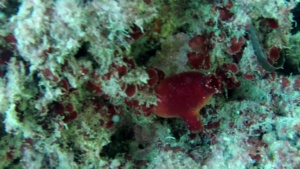Myriapora truncata, also known by its common name false coral is a species from the genus Myriapora. The species was originally described by Peter Simon Pallas in 1766. Myriapora truncata is a common species on rocky environments from the water surface to a depth of 60 meter, where it forms calcareous colonies. It has a bright red colour which earned it its common name of “False coral”. Studies suggest that M. truncata seem well able to withstand the levels of ocean acidification predicted in the next 200 years. Myriapora truncata is the source of 4 polyketide-derived metabolites. falso corallo myriapora truncata
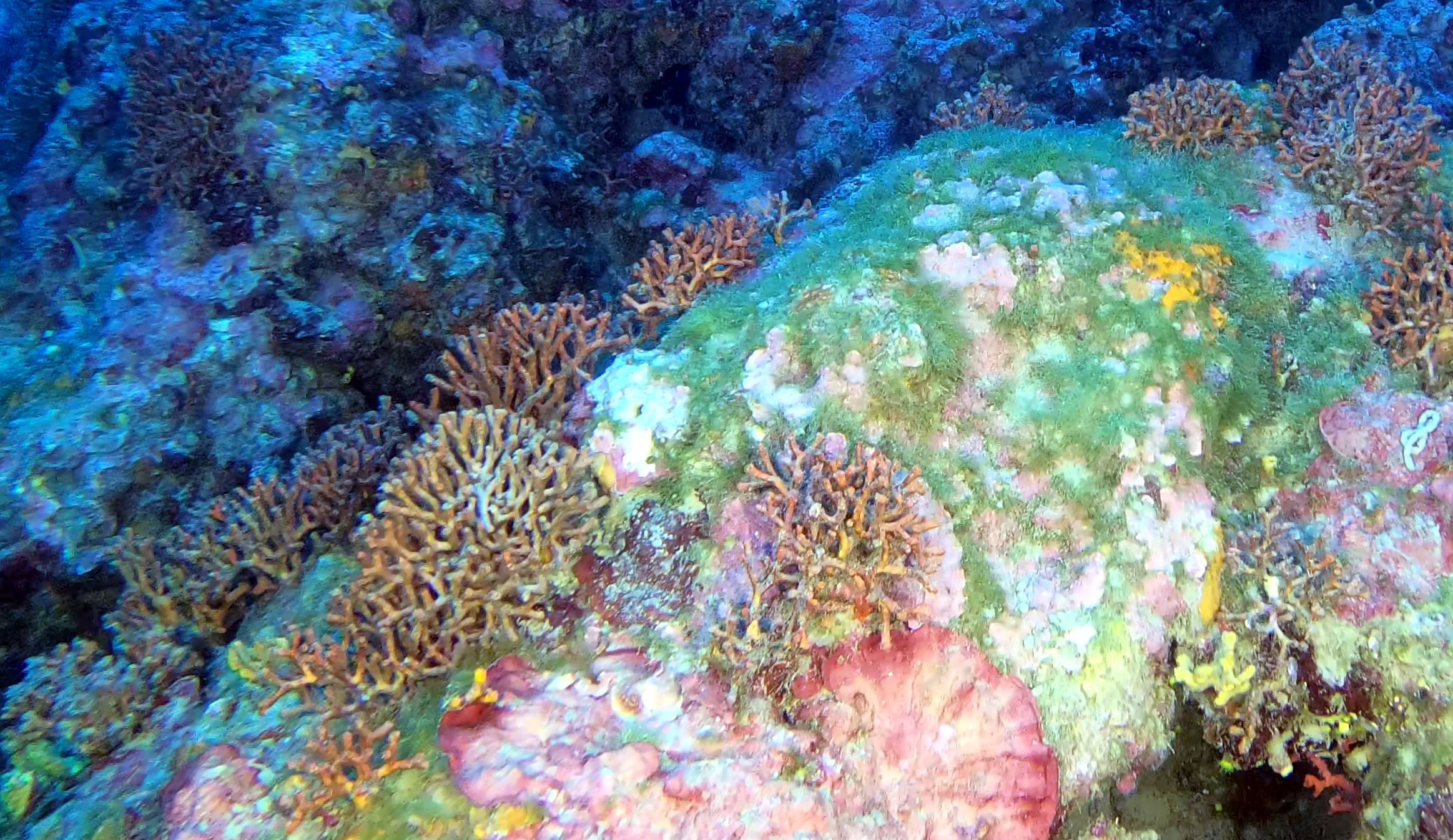
falso corallo false coral Myriapora truncata intotheblue.it
Bryozoa (also known as the Polyzoa, Ectoprocta or commonly as moss animals) are a phylum of simple, aquatic invertebrate animals, nearly all living in sedentary colonies. Typically about 0.5 millimetres long, they have a special feeding structure called a lophophore, a “crown” of tentacles used for filter feedeing. Most marine bryozoans live in tropical waters, but a few are found in oceanic trenches and polar waters. The bryozoans are classified as the marine bryozoans (Stenolaemata), freshwater bryozoans (Phylactolaemata), and mostly-marine bryozoans (Gymnolaemata), a few members of which prefer brackish water. 5,869 living species are known. At least two genera are solitary (Aethozooides and Monobryozoon); the rest are colonial.Colonies take a variety of forms, including fans, bushes and sheets. Single animals, called zooids, live throughout the colony and are not fully independent.
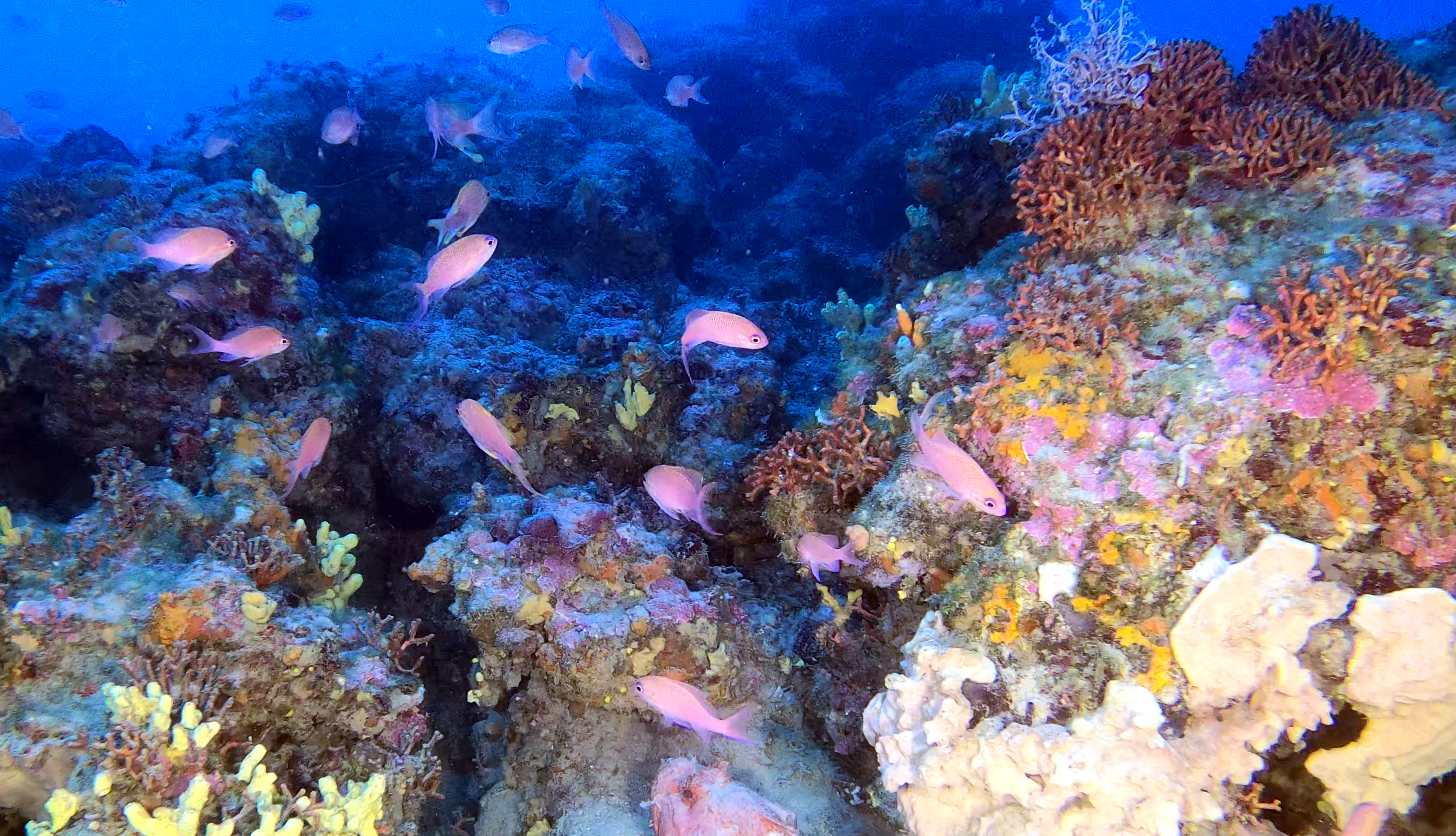
falso corallo false coral Myriapora truncata intotheblue.it
These individuals can have unique and diverse functions. All colonies have “autozooids”, which are responsible for feeding, excretion, and supplying nutrients to the colony through diverse channels. Some classes have specialist zooids like hatcheries for fertilized eggs, colonial defence structures, and root-like attachment structures. Cheilostomata is the most diverse order of bryozoan, possibly because its members have the widest range of specialist zooids. They have mineralized exoskeletons and form single-layered sheets which encrust over surfaces, and some colonies can creep very slowly by using spiny defensive zooids as legs. Each zooid consists of a “cystid”, which provides the body wall and produces the exoskeleton, and a “polypide”, which holds the organs. Zooids have no special excretory organs, and autozooids’ polypides are scrapped when they become overloaded with waste products; usually the body wall then grows a replacement polypide. Their gut is U-shaped, with the mouth inside the crown of tentacles and the anus outside it. Zooids of all the freshwater species are simultaneous hermaphrodites.
(extract from Wikipedia)
 English
English Italiano
Italiano
